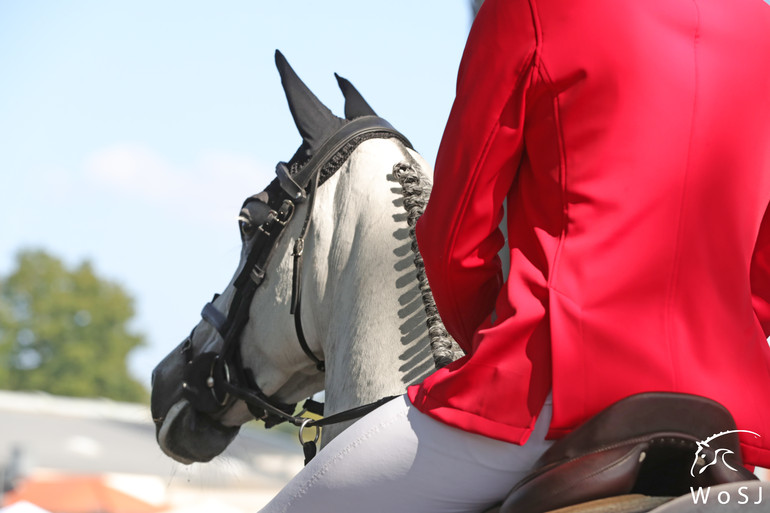As usual, the new year comes with several changes to the FEI Jumping Rules and the FEI Veterinary Regulations. Below is a selection of some of the changes, as well as links to the 2022 rules.
Schooling, exercising, gymnastics and training
In the FEI Jumping Rules, changes have been made for schooling, exercising, gymnastics and training at a FEI event and certain exercises as well as placing poles during a warm-up to a competition are according to article 201 nr. 5 not allowed.
Table A competitions
Another significant change can be found in article 236. In a competition judged under Table A, one penalty is now recorded for each second over the time allowed instead of the previous one penalty for each four seconds commenced.
Artificial aids
When it comes to artificial aids, article 256 now details that no more than one set of spurs can be worn at a time and that no more than one whip can be carried.
Hind boots, vet wrap and pastern bands
The hind boots regulations have been subject to several changes, and article 257 now details that the boot must have a shape that allows them to be bent around the horses’ legs without effort. Use of vet wrap under hind boots, as well as use of pastern bands, is now permitted.
Warnings and yellow cards
The President of the Ground Jury, the Chief Steward and the Technical Delegate are now authorized to issue a warning, or a yellow warning card, in accordance with the General Regulation’s article 164.2 and article 164.3 – ref. article 240.
Grand Prix qualification at five-star level
According to article 261 nr. 4, a rider not ranked within the top 500 on the Longines Ranking, or prequalified for taking part in a Grand Prix and/or the FEI World Cup competition at a CSI5* or CSI5*-W event, must have jumped a 1.50m class with four penalties or less, or a 1.55m, 1.60m Grand Prix, Nations Cup or FEI World Cup competition with eight penalties or less, on the horse they want to compete with, if there is no qualification system in place.
Changes to the invitation rules
In annex. V and VI, there are changes to the CSI invitation rules for CSI2* events and in the CSI requirements changes have been made to the maximum number of starters and accommodation requirements for grooms at five-star events in Europe.
Special qualifiers
The much-debated special qualifying competitions for the Olympic Games, World Championships and continental championships are still included in the Jumping Rules for 2022 – ref. annex. VIII nr. 8 – although with some edits.
Veterinary Regulations for 2022
Changes in the Veterinary Regulations for 2022 are mostly related to biosecurity and prevention of disease transmission, with a number of changes in the regulations for facilities, stables, isolation stables, contingency planning, veterinary control, etc.
In accordance with the FEI Veterinary Regulations 2022, FEI has from 1 January 2022 also rolled out Horse Health Requirements globally. Derived from the EHV-1 By-Laws, applied in mainland Europe from 31 May to 31 December 2021, the Horse Health Requirements have been put in place to:
- protect FEI horses and global equestrian sports from the consequences of infectious diseases being transmitted before, during and after FEI Events.
- provide reassurance of the high health of equestrian sport horses to global, continental and national veterinary authorities and organisations.
- maintain and further improve the conditions for international movement of sport horses.
Another addition in the Veterinary Regulations is that horses are not permitted to compete in FEI events following injection and/or oral administration of ethanol and/or oxytocin.









